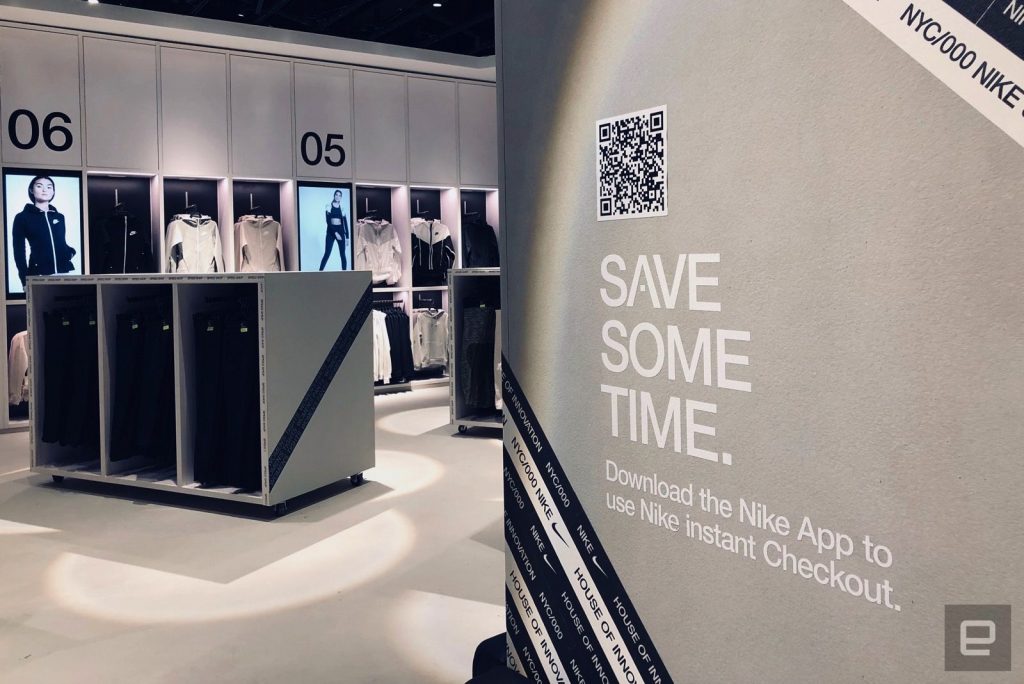Cut Out Road Blocks in Your Customer Journey
When it comes to delivering your product or content as a brand, there is always a battle of expectation versus reality. Customer expectation and the reality of brand experience are the two defining factors of how a brand builds its customer base.
Bridging the gap between customer expectation and brand reality means delivering a smooth experience. One of the best (and most obvious) ways of doing so is ensuring alignment, as it encompasses a number of ways a brand can (and should) develop its website.
Improve on the website loading time
Today’s customers have acclimatised to a certain degree of speed with their service. They know what they want – and want it now. Optimising the load time of your app/website means you can avoid testing their patience. A load time of 2-3 seconds is tolerable, anything beyond that is sacrilegious.
Optimise searchability within your website
Nothing gets a customer out of a buying mood faster than a jumbled search tool. Muddled searchability means a muddled pathway for customers trying to reach the end of the sales funnel. An intuitive search bar or drop-down menu that redirects according to your customers’ desires creates a seamless brand experience. That, in turn, reduces the dropout rate throughout the sales funnel.
Deliver prominent call-to-action
In this era of ad and pop-up blockers, CTAs are sometimes viewed as a pop-up as well. As such, businesses are encouraged to conduct a thorough round of A/B testing to ensure that their CTAs and marketing aren’t intrusive. A/B testing accesses real behavioural data to compare two variations of your CTAs so as to understand which version performs better. It allows you to pinpoint where the drop-off rate happens and deploy solutions to reduce the intrusiveness of a conversion point. The end goal here is to achieve a proper balance between delivering your message and respecting your customers’ space.
Connect your online marketing with your offline experience
The virtual and real world are both intimately connected in the everyday lives of people today. When you combine the features of online shopping with your offline store experience, you create a seamless transition from one platform to the other. Retail businesses like Zara and Timberland thrive from these integrations.
QR codes are sweeping across industries as the go-to solution for integrating online/offline customer experience, and brands like Nike are making the most out of platform integration. Their physical stores feature large prints of QR codes on the wall, encouraging customers to scan it to download the Nike app. From there, customers are given member benefits to encourage them to make their purchases. Customers can also scan mannequins around the store to have shop assistants bring them those exact outfits in the appropriate sizing. Their instant check-out feature was also a major draw for app engagement.

The final touch – delivering a quality customer service experience
No one likes dealing with customer service. That has been the general consensus around customer service for the past several decades. The goal of your business is to supersede the expectations of your customers, and that must be especially seen in your customer service. As the final touchpoint your brand has with its customers, it is the last step in ensuring their customer experience is a seamless one.
Automation steps in here to lend a hand by providing 24/7 support via chatbots or live representatives. These are further optimised by designing extra use cases to provide them with more flexibility and speedier decision-making.
The endgame here are happy customers receiving a seamless experience. Continuous analysis and testing of real-time results and behavioural data create a clearer understanding of your customers’ on-site journey. Most importantly, it lets you keep improving.